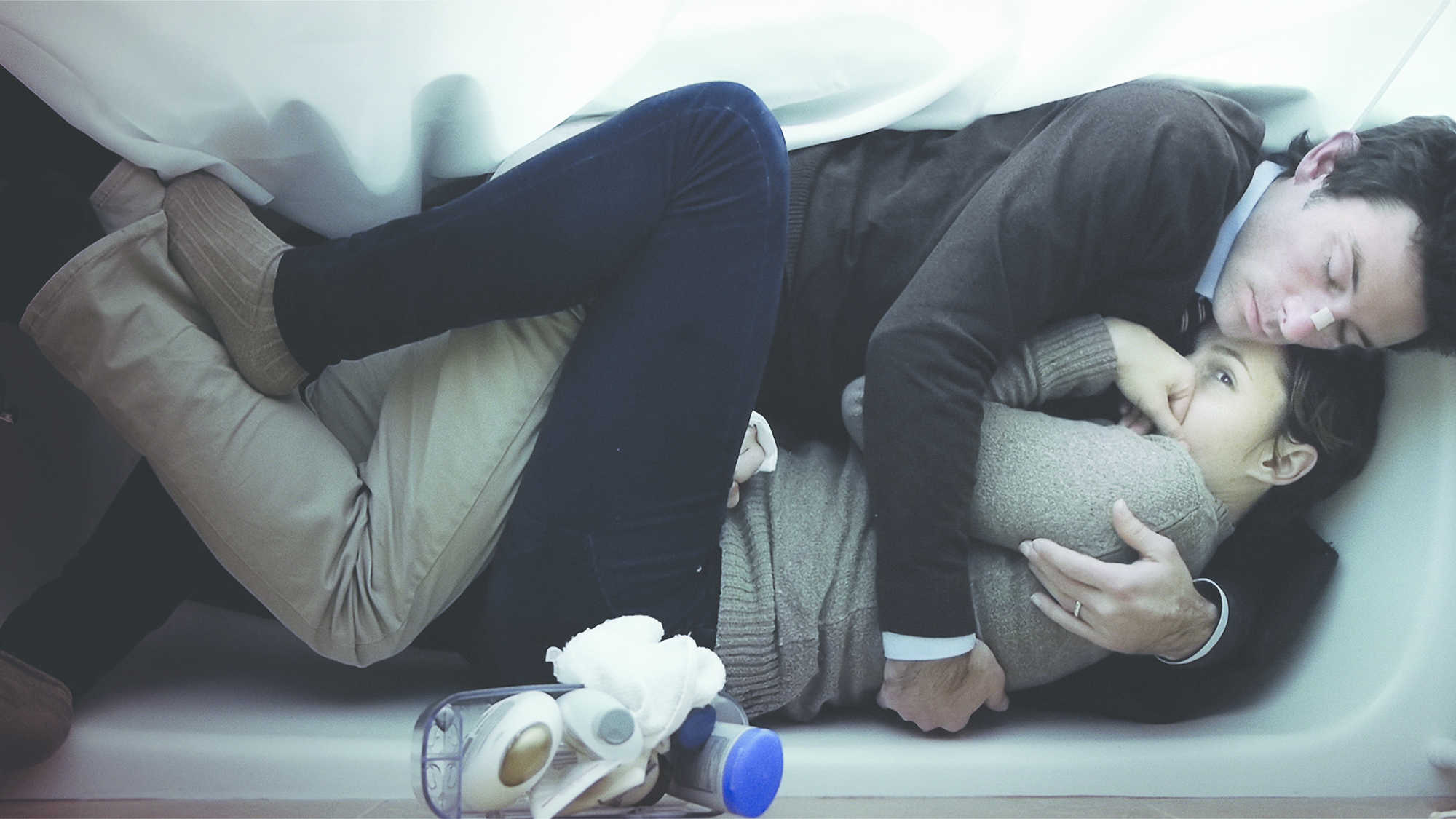The year’s most tantalising cinematic whatsit from writer/director/editor/composer/star Shane Carruth (Primer). “An out-there yet undeniably gripping tale that's part romance, part sci-fi and utterly original.” — LA Times

A vision as vast and as natural as it is reflexively cinematic and fiercely compassionate.
Screened as part of NZIFF 2013
Upstream Color 2013
The year’s most tantalising cinematic whatsit comes nine years after writer, director, musician, editor, producer and star Shane Carruth first amazed audiences with his no-budget time-travel riddle Primer. The narrative, which defies detailed synopsis, concerns the uncanny merging of two lost souls, strangers, both utterly contemporary urban figures. A stock trader (Carruth himself) and a movie effects artist (Amy Seimetz) both seem to have fallen prey to a scam after they ingest narcotics that conceal bioengineered grubs, which hold them in a hypnotic and manipulable state. Meticulously crafted, with an outer lucidity and flow that somehow imply a dimly lurking inner force of nature, Upstream Color is a beautiful mysterious object, perfectly realised.
“Upstream Color is lush, rhythmic, and deeply sensual, striking on a purely aesthetic level, the whole enterprise less interested in a framework of narrative complication than in the formal pleasures that narrative inspires. And the formal pleasures are endless: From its exquisite, sun-streaked digital photography to its gleaming ambient score, both remarkably products of Carruth himself, this is a film of exceptional beauty…
“For all its supposed narrative ambiguity, Upstream Color always feels emotionally coherent, which was presumably the intended effect. Regardless of whether one fully comprehends the story's particulars, the experience of watching the film remains intensely transportive… It has an intention most puzzle films lack by design: Whatever its apparent complexity, Upstream Color just wants to move you.” — Calum Marsh, Slant